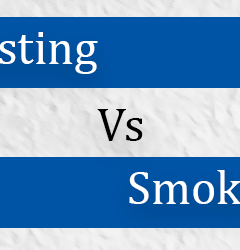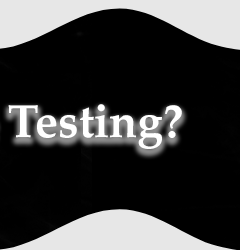12 Sep

Smoke testing is conducted to ensure that a software application build is stable in a development environment. When a new build is received from developers, the first step is to perform a smoke test. This test helps verify if the build is stable enough to proceed with further testing. If the build is unstable, it is sent back to the developers for fixes.
Smoke testing is also referred to as build verification testing. Both testers and developers may conduct smoke testing to confirm the core functionality of the application is working as expected. The focus of smoke testing is primarily on the positive flow of the application to check if critical features perform correctly.
Purpose of Smoke Testing
During smoke testing, only valid inputs are used to ensure the application behaves as expected under normal conditions. Negative cases, such as entering invalid data, are reserved for more detailed testing phases like regression testing. The primary goal of smoke testing is to quickly identify defects in the early stages of development. This helps save time and effort that would otherwise be spent on functional and regression testing if defects are caught later in the process.
By performing smoke testing, testers can identify critical functionalities that are essential for the application’s performance. If the application passes smoke testing, further testing, such as functional or regression testing, can proceed. Otherwise, the build is returned to the developers for improvements.
Advantages of Smoke Testing
- Early Defect Detection: Smoke testing allows for early identification of issues, saving time before moving into more in-depth testing phases.
- Efficient Resource Allocation: Stable builds result in fewer repeated smoke tests and allow testers to focus on more complex testing scenarios.
- Quick Verification: It provides quick feedback on whether a new build is stable enough for further testing.
- Collaboration Between Teams: Developers may also perform smoke tests, making it a shared responsibility between the development and testing teams.
Manual and Automated Smoke Testing
Smoke testing can be done manually or automated, depending on the project’s requirements and the team’s experience. Automated smoke testing is often preferred for continuous integration processes, where builds are frequently generated and need quick verification. However, manual smoke testing can also be effective for small projects or initial phases of testing.
Conclusion
In summary, smoke testing is a crucial preliminary step in the software testing process. It ensures that the build is stable enough to be tested further or released as a deliverable. By focusing on critical functionality with valid inputs, smoke tests help identify potential issues early, saving time and effort in later testing phases. Whether performed manually or automatically, smoke testing helps maintain the quality and stability of the software development process.



deepali